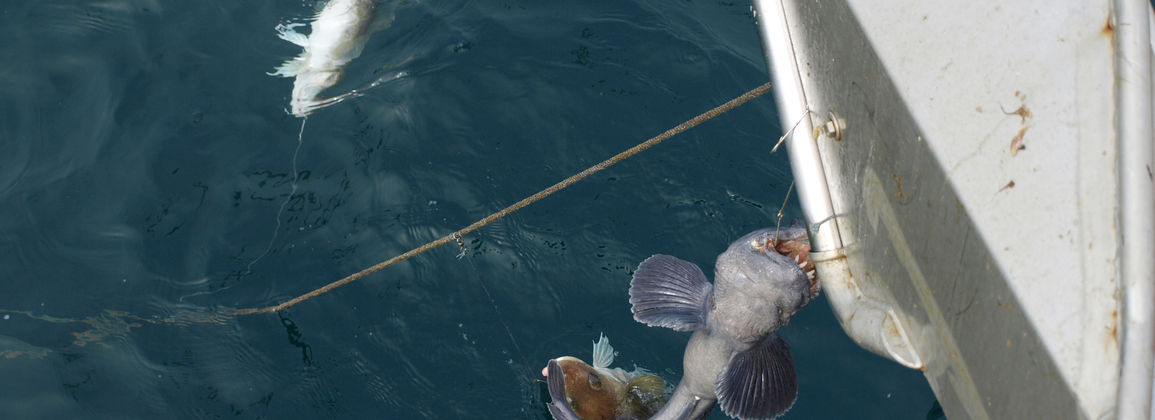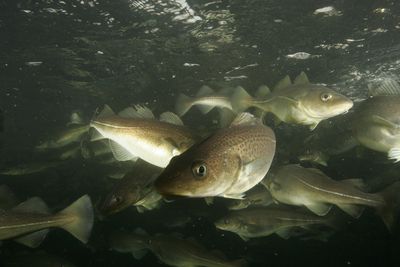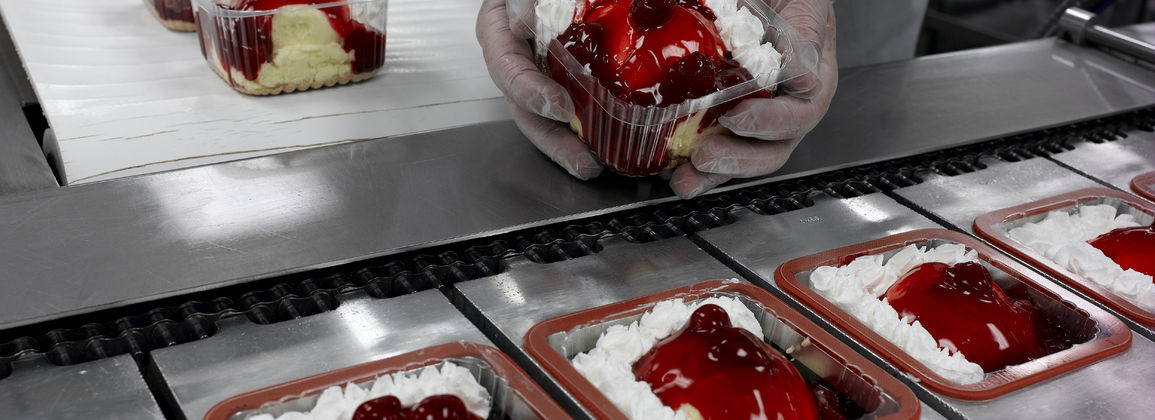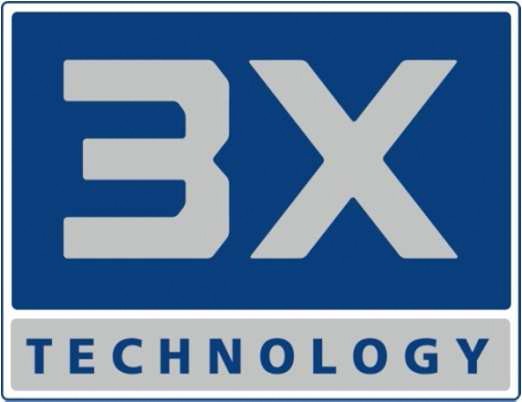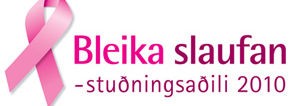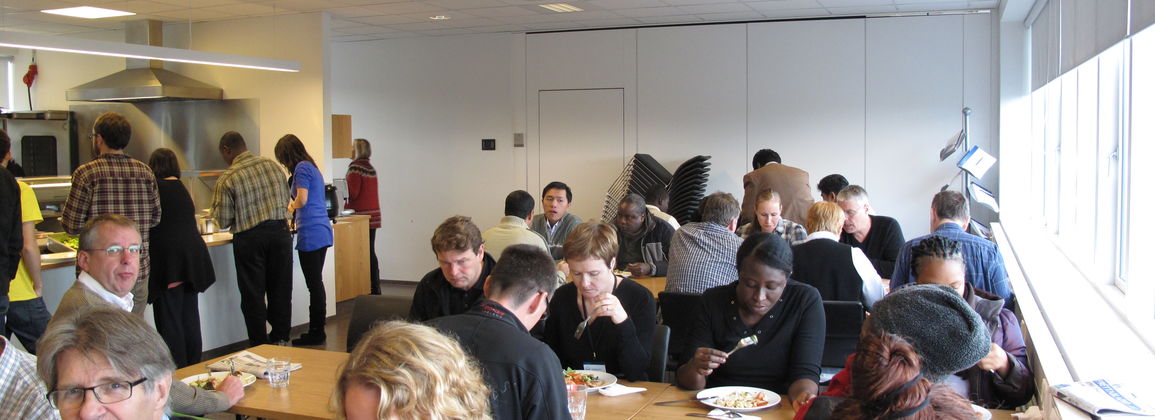The Icelandic Food and Nutrition Association has awarded prizes for praiseworthy initiatives in the food sector every year since 1993 on MNÍ Food Day.
The food is on the human side - Fjöregg MNÍ 2010
Icelandic Food and Nutrition Association (www.mni.is) has awarded an award for a commendable initiative in the food sector annually since 1993 on MNÍ Food Day. The prize is an Icelandic glass artwork that represents Fjöreggið and the prize is awarded with support from the Confederation of Icelandic Industries.
This time MNÍ received a number of suggestions for worthy prize winners and five of them are nominated for Fjöregginn. It is then up to the jury to select the winner from those nominations. The jury consists of Orri Hauksson, CEO of the Confederation of Icelandic Industries, Erla Gerður Sveinsdóttir, MD at Heilsustofnun NLFÍ and Heilsuborg, Jón Gíslason, CEO of Matvælastofnun and Valentína Björnsdóttir, CEO of Móður náttúr ehf.
At the start of the food day, the winner of Fjöreggið will be announced and Orri Hauksson, chairman of the jury, will present the winner with the prize.
The following are nominated for Fjöregg MNÍ 2010:
Fjörostur
Fjörostur from MS came on the market last year, which is an environmentally friendly innovation and a new option in low-fat dairy products. The production is based on a new technology, multi-stage micro-filtration, which makes it possible to utilize whey that is otherwise produced in cheese-making and produce whey protein concentrate from it. It has the properties to give the product a soft and rounded taste, but Fjörostur contains only 9% fat and is the lowest fat bread cheese on the market today. Fjörosturinn takes its name from Fjörmjólk, which is also a low-fat and high-protein product.
Ólafur Reykdal food scientist
Ólafur Reykdal, food scientist and employee at Matís, is nominated for his participation in research on Icelandic barley for human consumption. He has for years been in charge of research on the nutrient content and properties of barley and has worked on quality requirements as a reference for the use of barley in food production and brewing. This research has supported innovation and entrepreneurship in the cultivation, processing and production of barley products.
Saffron restaurants
The restaurant SAFFRAN opened last year in two places in the capital area. SAFFRAN offers healthy, fresh and exotic food at low prices. Most Icelandic ingredients are used in the cooking and all bread is baked on site. SAFFRAN is an interesting new option in the restaurant and fast food market, which has reached young people and enjoyed popularity since opening.
Lýsi hf.
Fish oil has a long history in the production of liver oil. The company has grown and prospered in recent years on the basis of product and market development and their recent factory is one of the most perfect in the world. Lýsi produces many types of fish oil products, food supplements and nutrients, for demanding customers both domestically and abroad. Fish oil is the largest single manufacturer and seller of dietary supplements in the domestic market.
Matvælaskólinn at Sýn
In recent years, Rannsóknaþjónustan Sýn ehf has developed courses for employees in food companies and canteens. The food school at Sýn has had quality management, quality control and food safety in the forefront, and at the same time emphasis is placed on holding courses to increase variety and healthy meals. Matvælaskólinn has, in collaboration with stakeholders in the business sector, developed new study paths for employees in the food industry and adapted courses to the needs of companies.


